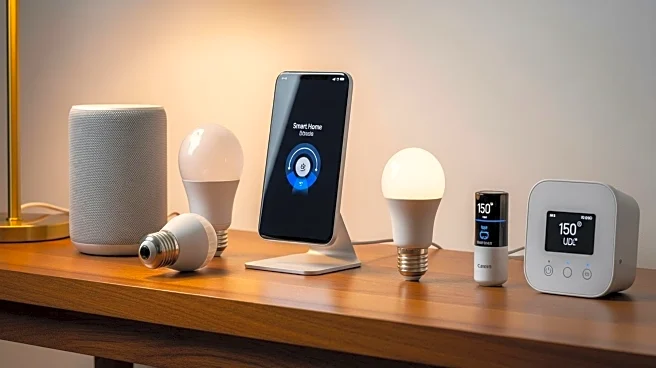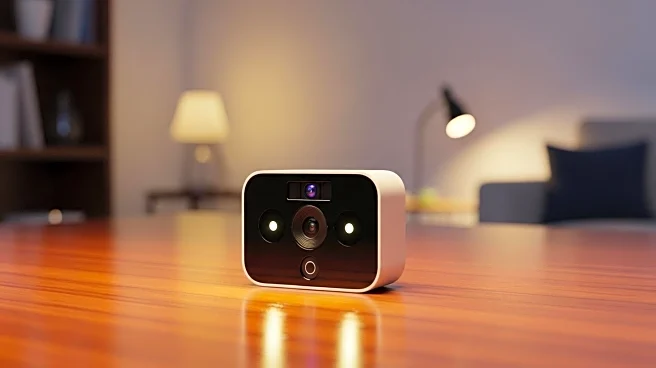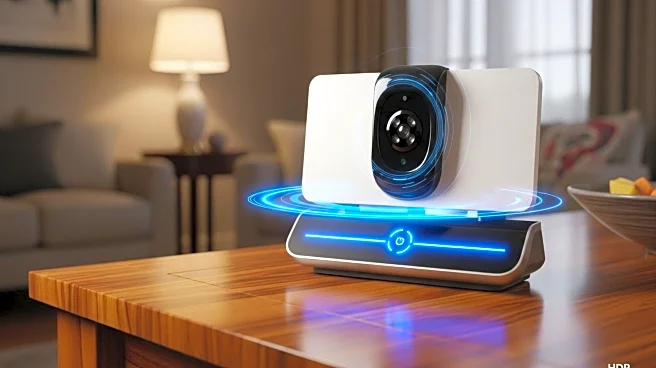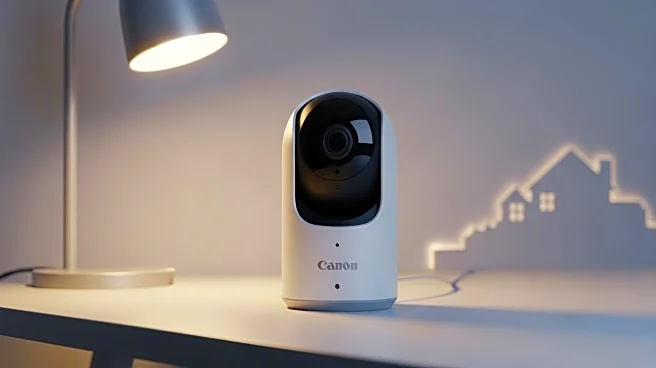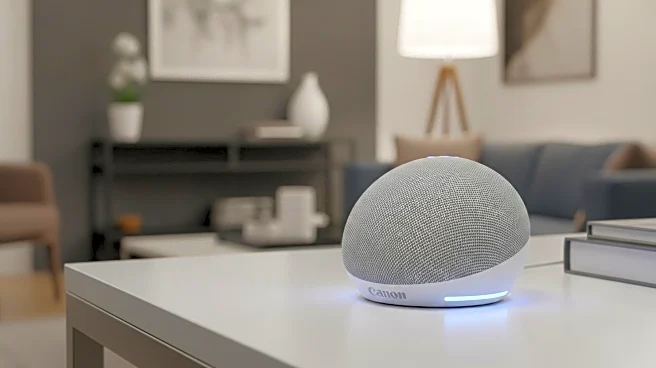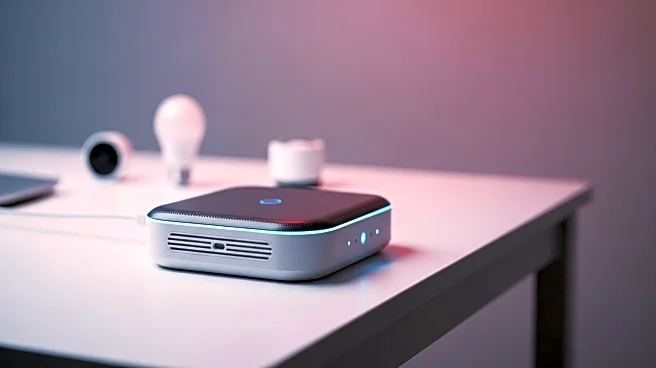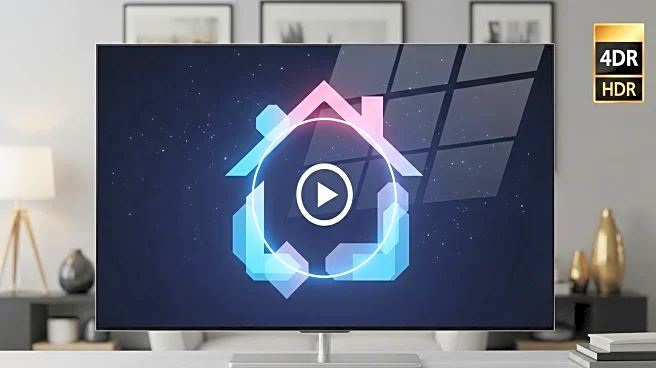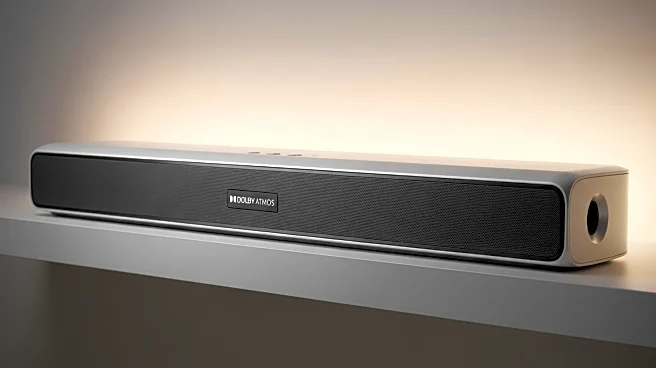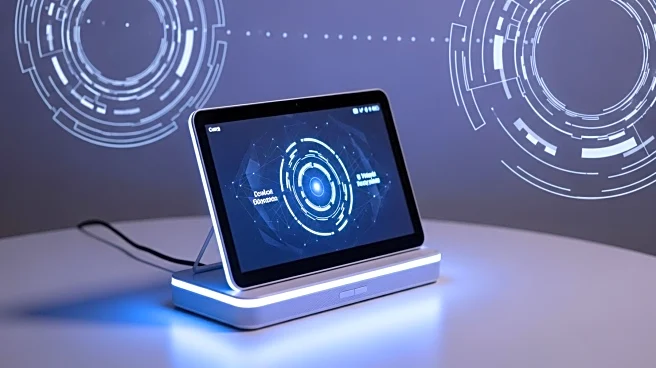What's Happening?
Smart home apps are becoming increasingly important for managing and controlling various home devices, such as security cameras, smart plugs, and energy management systems. These apps vary in their user interface and functionality, with some offering more intuitive and customizable experiences than others. The Blink app, for instance, is praised for its simplicity and ease of use, making it ideal for first-time users of security cameras. The Arlo app, while more complex, provides extensive features for managing security systems and allows for significant customization through widgets. Emporia Energy's app is noted for its user-friendly design despite offering detailed data and settings for energy management. Switchbot's app is recognized for its minimalistic design and comprehensive automation options, while the Apple Home app is favored for its simplicity and intuitive organization of devices into categories and rooms.
Why It's Important?
The development and refinement of smart home apps are crucial as they directly impact the usability and effectiveness of smart home devices. A well-designed app can significantly enhance the user experience, making it easier for individuals to manage their home technology efficiently. This is particularly important as the adoption of smart home devices continues to grow, with consumers seeking seamless integration and control over their home environments. Companies that provide intuitive and feature-rich apps are likely to gain a competitive edge in the market, attracting more users who prioritize ease of use and customization. Furthermore, these apps can contribute to energy efficiency and security, offering users detailed insights and control over their home systems.
What's Next?
As smart home technology evolves, we can expect further advancements in app design and functionality. Companies may focus on integrating more devices and expanding automation capabilities to provide users with even greater control and convenience. There may also be increased emphasis on compatibility across different platforms, allowing users to manage a diverse range of devices through a single app. Additionally, as privacy and security concerns grow, app developers might prioritize enhancing security features to protect user data and ensure safe device operation.
